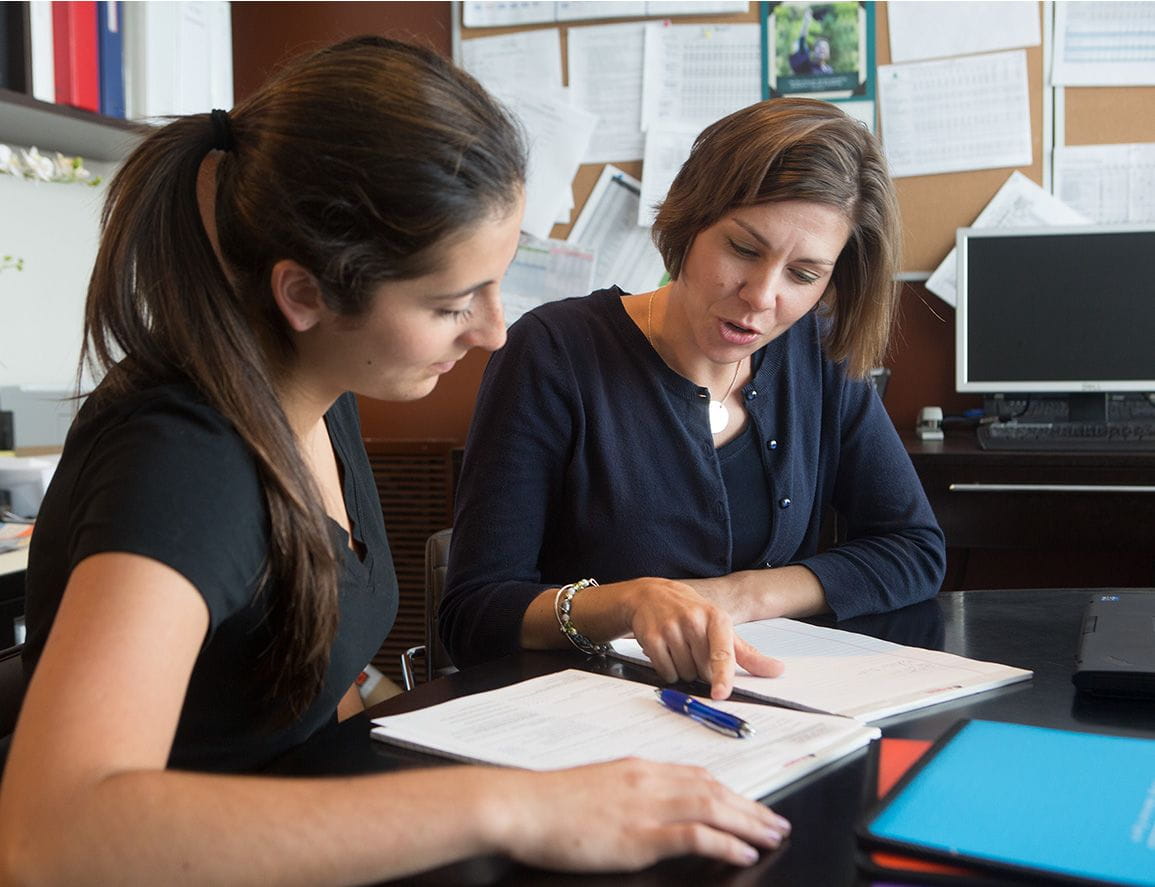Congratulations on your new baby! Perhaps you’ve noticed that along with sleepless nights and adorable smiles, your bundle of joy also came with a slew of new expenses. You may be wondering how you can save for emergencies and retirement, much less college, while managing the cost of diapers and daycare.
As a former financial aid administrator who helped many families manage the cost of college, I can attest that families who have the most success in paying for college make it a part of their overall financial wellbeing and goal-setting. Do you have high interest credit card debt or sizeable student loan debt? It probably makes sense to hold off on college saving for your newborn until you get those under control. Are you saving for emergencies and for retirement? Before you start saving for college, you should set money aside for emergencies, and it’s especially important to save at least enough in retirement to earn your employer’s match if there is one—it’s free money.
Astronomical daycare expenses can make it feel impossible to save at this stage. Eventually, those expenses will create a wonderful saving opportunity—each time they drop as your child ages, take a new look at your budget and decide how much of that windfall can be directed to college savings. Other expenses like activities, tutoring, and summer camp will crop up (let’s face it—kids are expensive throughout their childhood and adolescence), but don’t panic. Save what you can, and know that you probably will be able to pay some college expenses out of pocket when your expensive teenager leaves your household.
If your financial house is in order, and you can start saving now, then do it! You’ll have the power of compound interest and a lot of time, so even starting with a small amount can pay off in the long run. Here are a couple suggestions as you ponder your next steps.
-
Just start! If what’s stopping you is that you don’t have time to research college-specific strategies, or you’re unwilling to commit to one because you’re not even sure your little night owl will go to college, that’s fine. Open a separate savings or investment account that you “designate” for college savings. You’ll have to pay tax on the earnings each year, but it can serve as a placeholder until you decide if you want to move the money into a more college-specific (and tax advantageous) vehicle. And you’ll have the freedom to use the money for whatever you need it for should an emergency arise in the meantime.
A word of caution: If you think that you will qualify for need-based aid when your child goes to college, avoid putting the bulk of your savings in your child’s name (also called “custodial” or UTMA or UGMA accounts). Student assets are assessed much more heavily in the financial aid formula that calculates your ability to pay. If you think you’ll qualify for need-based aid, save in your name, and the impact of your savings will be minimal. - Consider a Roth IRA. Roth IRAs have become a popular way to save and pay for college because of their unique rules allowing you to access contributions tax-free before age 59 ½. If you meet the income requirements for contributing directly to a Roth (modified adjusted gross income is less than $194K for a couple filing jointly, or less than $132K if you are single/head of household), you might want to think about using a Roth to build assets that can be used for college. Individuals under the age of 50 are allowed to contribute $5,500 per year, and there are ways for higher wage earners to fund them, although it can be tricky. They work well for people who are uncomfortable with the restrictions on college-specific savings plans, and who have many years to save.
No matter what you do, get going! Having a place to direct your college savingsgives you somewhere to put your money when you have extra cash on hand, when your child receives monetary gifts, and when you are ready to make regular contributions. As a parent of two young adults, I promise you—the next eighteen years will fly by!





